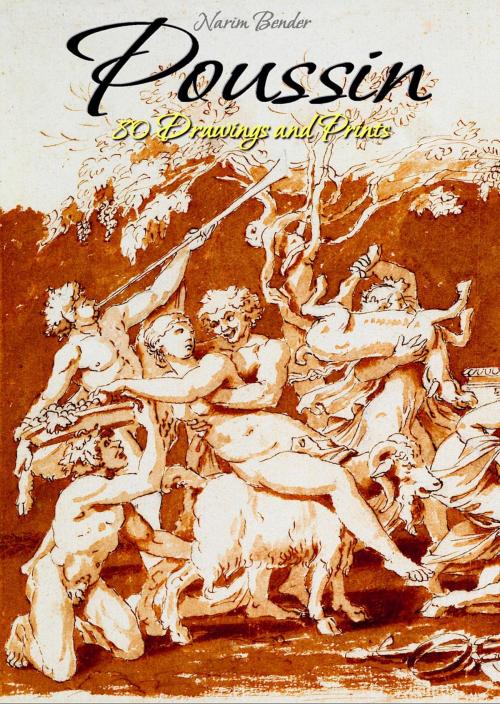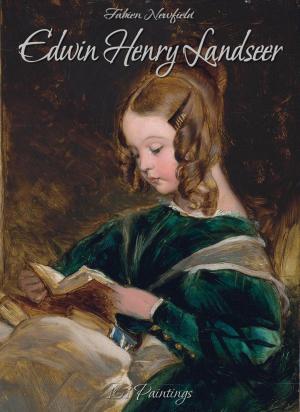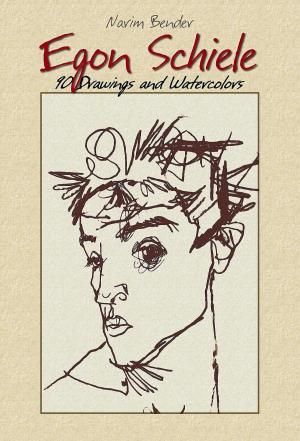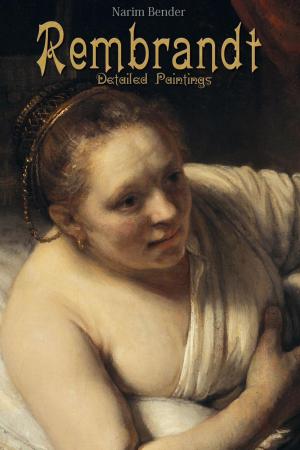Poussin: 80 Drawings and Prints
Nonfiction, Home & Garden, Crafts & Hobbies, Art Technique, Printmaking, Art & Architecture, General Art| Author: | Narim Bender | ISBN: | 9782765912033 |
| Publisher: | Osmora Inc. | Publication: | March 11, 2015 |
| Imprint: | Osmora Inc. | Language: | English |
| Author: | Narim Bender |
| ISBN: | 9782765912033 |
| Publisher: | Osmora Inc. |
| Publication: | March 11, 2015 |
| Imprint: | Osmora Inc. |
| Language: | English |
Nicolas Poussin (1594 – 1665) was the leading painter of the classical French Baroque style, although he spent most of his working life in Rome. His work is characterized by clarity, logic, and order, and favors line over color. Until the 20th century he remained a major inspiration for such classically oriented artists as Jacques-Louis David, Jean-Auguste-Dominique Ingres and Paul Cézanne. He worked in Rome for a circle of leading collectors there and elsewhere, except for a short period when Cardinal Richelieu ordered him back to France to serve as First Painter to the King. Most of his works are history paintings of religious or mythological subjects that very often have a large landscape element. Throughout his life Poussin stood apart from the popular tendency toward the decorative in French art of his time. In Poussin's works a survival of the impulses of the Renaissance is coupled with conscious reference to the art of classical antiquity as the standard of excellence.
Nicolas Poussin (1594 – 1665) was the leading painter of the classical French Baroque style, although he spent most of his working life in Rome. His work is characterized by clarity, logic, and order, and favors line over color. Until the 20th century he remained a major inspiration for such classically oriented artists as Jacques-Louis David, Jean-Auguste-Dominique Ingres and Paul Cézanne. He worked in Rome for a circle of leading collectors there and elsewhere, except for a short period when Cardinal Richelieu ordered him back to France to serve as First Painter to the King. Most of his works are history paintings of religious or mythological subjects that very often have a large landscape element. Throughout his life Poussin stood apart from the popular tendency toward the decorative in French art of his time. In Poussin's works a survival of the impulses of the Renaissance is coupled with conscious reference to the art of classical antiquity as the standard of excellence.















